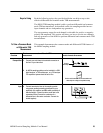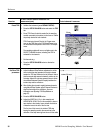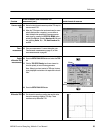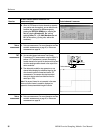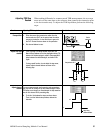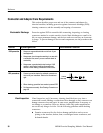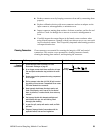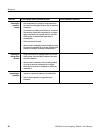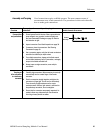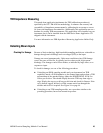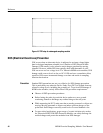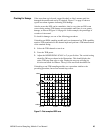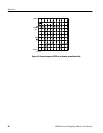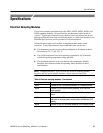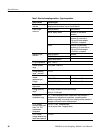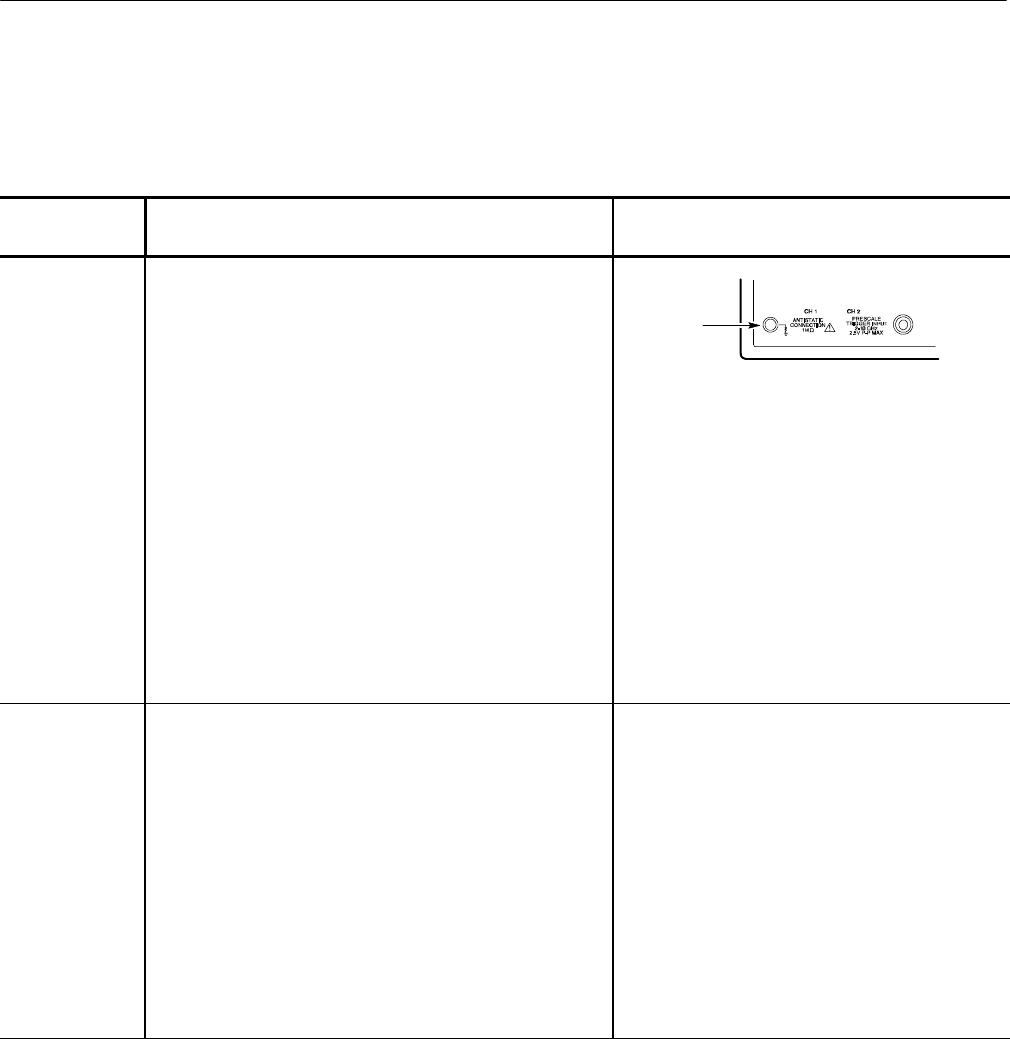
Reference
80E00 Electrical Sampling Modules User Manual
41
Good connections require a skilled operator. The most common cause of
measurement error is bad connections. The procedures in this section describe
how to make good connections.
Overview
To properly perform assembly and torquing of
connectors
Control elements & resources
Prerequisites
and precautions
1. Ground yourself and all devices. Wear a grounded wrist
strap and work on a grounded, conductive table mat.
Also see Electrostatic Discharge on page 38. Refer to
the illustration at right.
2. Inspect connectors. See Visual Inspection on page 38.
3. If necessary, clean the connectors. See Cleaning
Connectors on page 39.
4. Use a connector gage to verify that all center conduct ors
are within the observed pin depth values.
5. For multipl e connections, always put the fixed wrench
on the inside (stationary) half of a connection, and apply
torque to the outside movable half.
6. Always torque a single connection, never multiple
connections.
Connect
wrist strap
Torquing an
inline connector
to a stationary
connector
1. Carefull y align connectors. Male connector pin must slip
concentrically into the contact finger of the female
connector.
2. Push the connectors straight together and tighten the
connector nut finger tight. Do not turn the device body.
There is usually a slight resistance as the center
conductors mate. Uniform, light contact is sufficient for
the preliminary connection; do not overtighten.
3. Ensure that the connectors are properly supported. As
needed, reli eve any side pressure on the connection
from long or heavy devices or cables.
Assembly and Torquing



